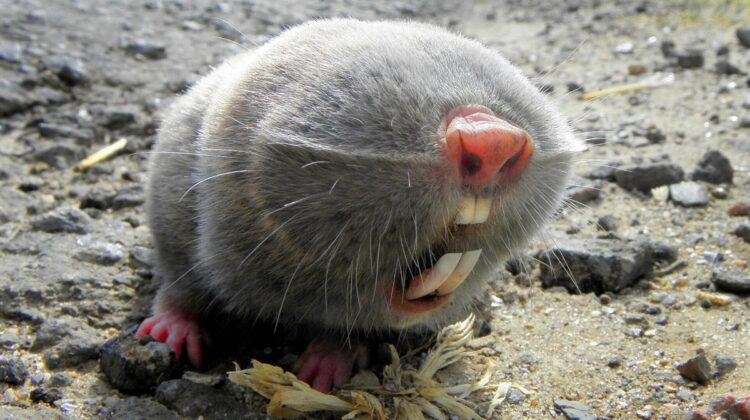
In the hidden depths of eastern Europe and western Asia, an extraordinary creature resides – the blind mole-rats, belonging to the Spalax and Nannospalax genera. These remarkable rodents have adapted to a life in total darkness, as their eyes are concealed beneath layers of skin. Despite their blindness, Spalax and Nannospalax are marvels of evolution, perfectly suited to their subterranean existence.
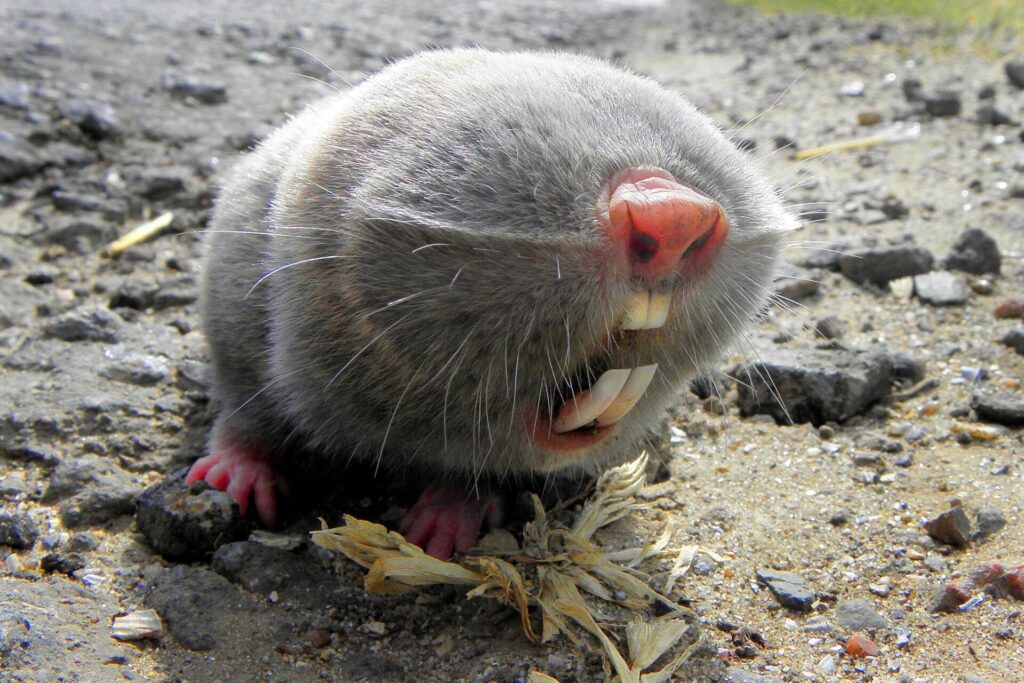
Measuring up to 20 centimeters (8 inches) in body length, these mole-rats are relatively small, boasting a cylindrical body structure with short legs and a lengthy tail. Their fur, whether brown, gray, or black, is short and densely layered, aiding their burrowing lifestyle.
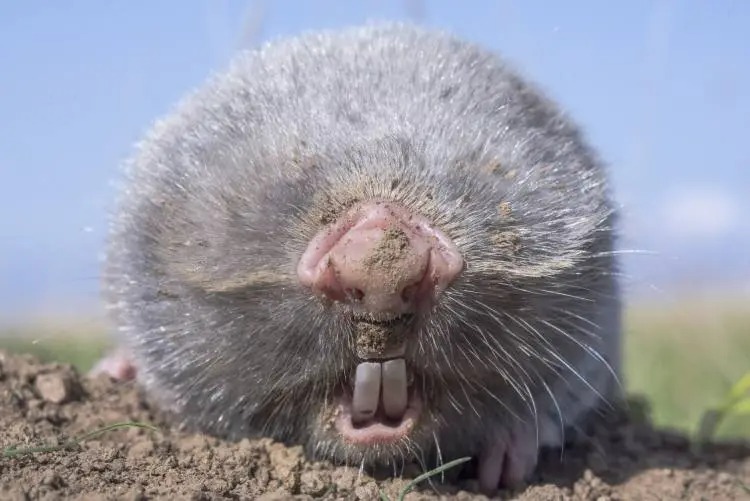
As herbivores, Spalax and Nannospalax subsist on a diet of roots, tubers, and various underground plant matter. Their sharp teeth come to their aid, enabling them to dig through the soil in their relentless quest for sustenance. Impressively, these mole-rats store surplus food in their labyrinthine burrows, an adaptive behavior in their fluctuating underground environment.
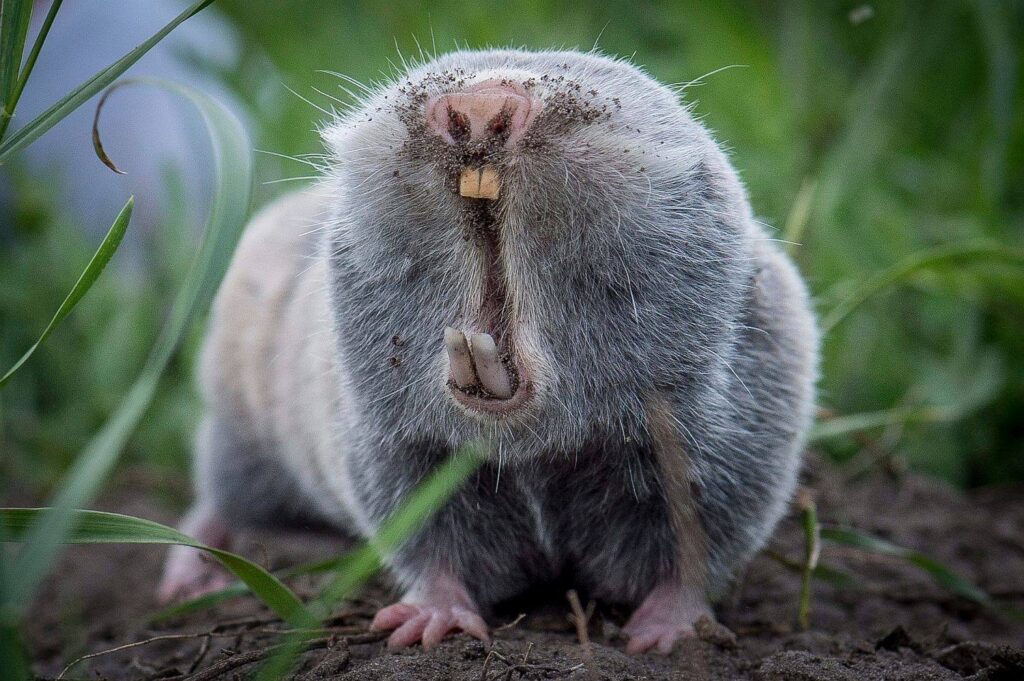
Inhabitants of the underground world, Spalax and Nannospalax are typically solitary creatures, save for the times when they unite for the purpose of procreation. Female mole-rats give birth to litters of up to six pups, remarkable for being born with their eyes open, only to have them close within a few days. These younglings remain in their mother’s care for several months before venturing out on their own.
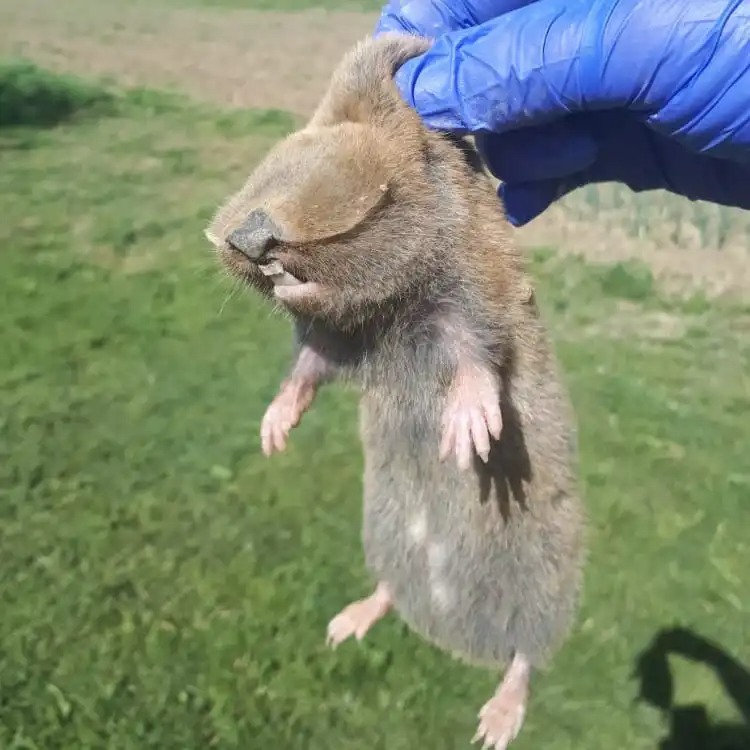
Their role in the ecosystem is undeniably vital. By regulating plant populations and insect numbers, mole-rats play a pivotal role in maintaining the ecological balance. They also serve as a crucial food source for predators such as foxes and owls, sustaining the intricate web of life below ground.
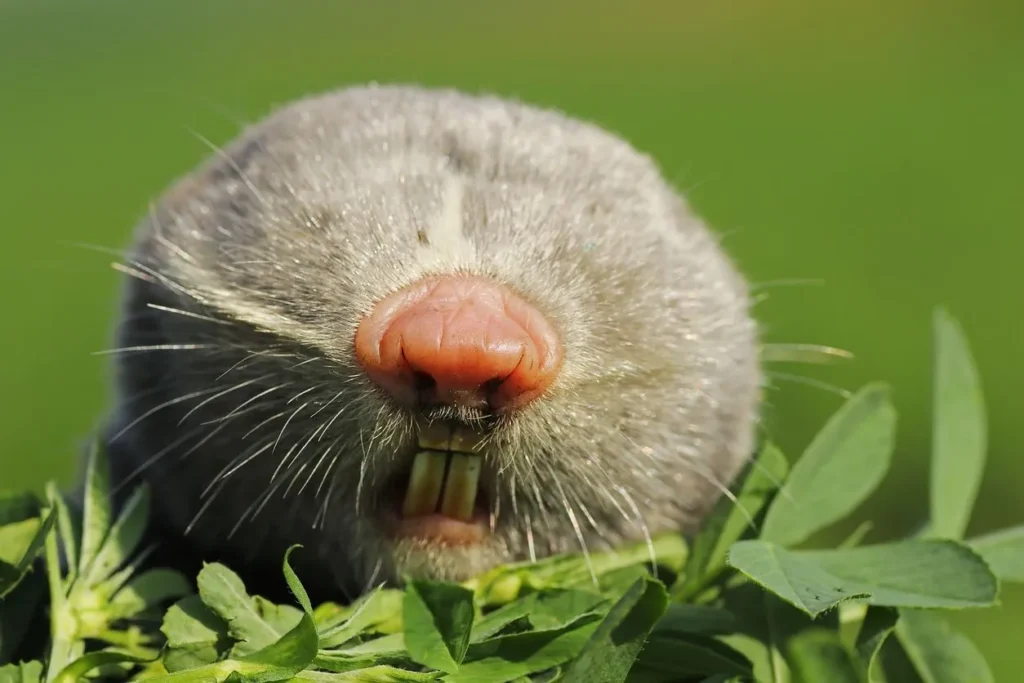
Intriguingly, these mole-rats excel in the art of digging, capable of crafting tunnels at an impressive rate of up to 1 meter (3 feet) per hour. Their subpar eyesight is more than compensated for by their keen sense of smell and acute hearing, essential for navigating their dark subterranean world and for communication.

Speaking of communication, Spalax and Nannospalax are profoundly social animals. They interact using an array of vocalizations, including chirps, whistles, and squeaks, which facilitate their underground interactions.
In the grand scheme of nature, Spalax and Nannospalax mole-rats fulfill an indispensable role. Their soil-aerating activities enhance the environment, and their influence on plant and insect populations is immeasurable. So, if you ever find yourself fortunate enough to encounter a Spalax or Nannospalax mole-rat in its natural habitat, take a moment to admire and appreciate this unique and captivating creature.

Leave a Reply